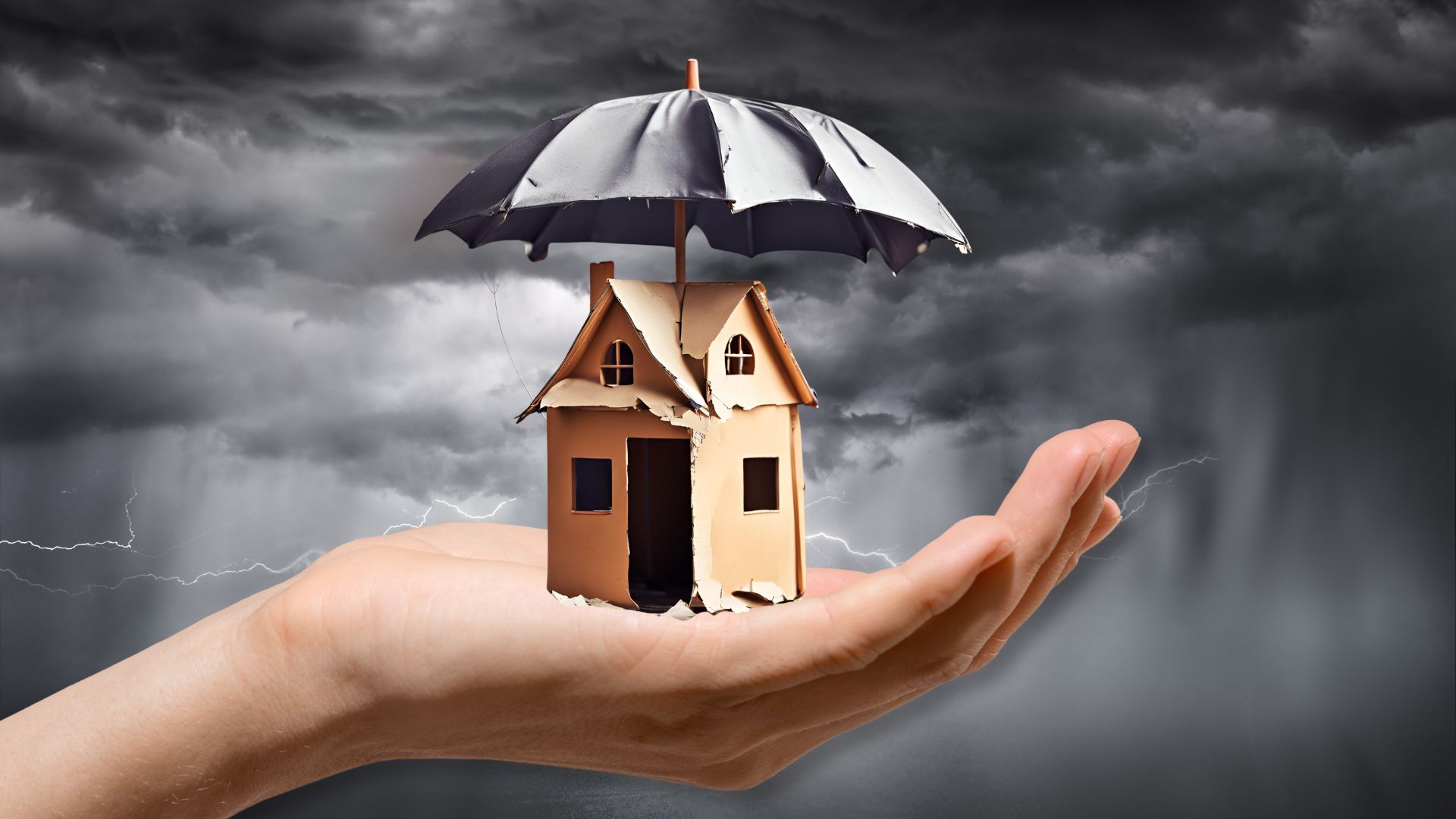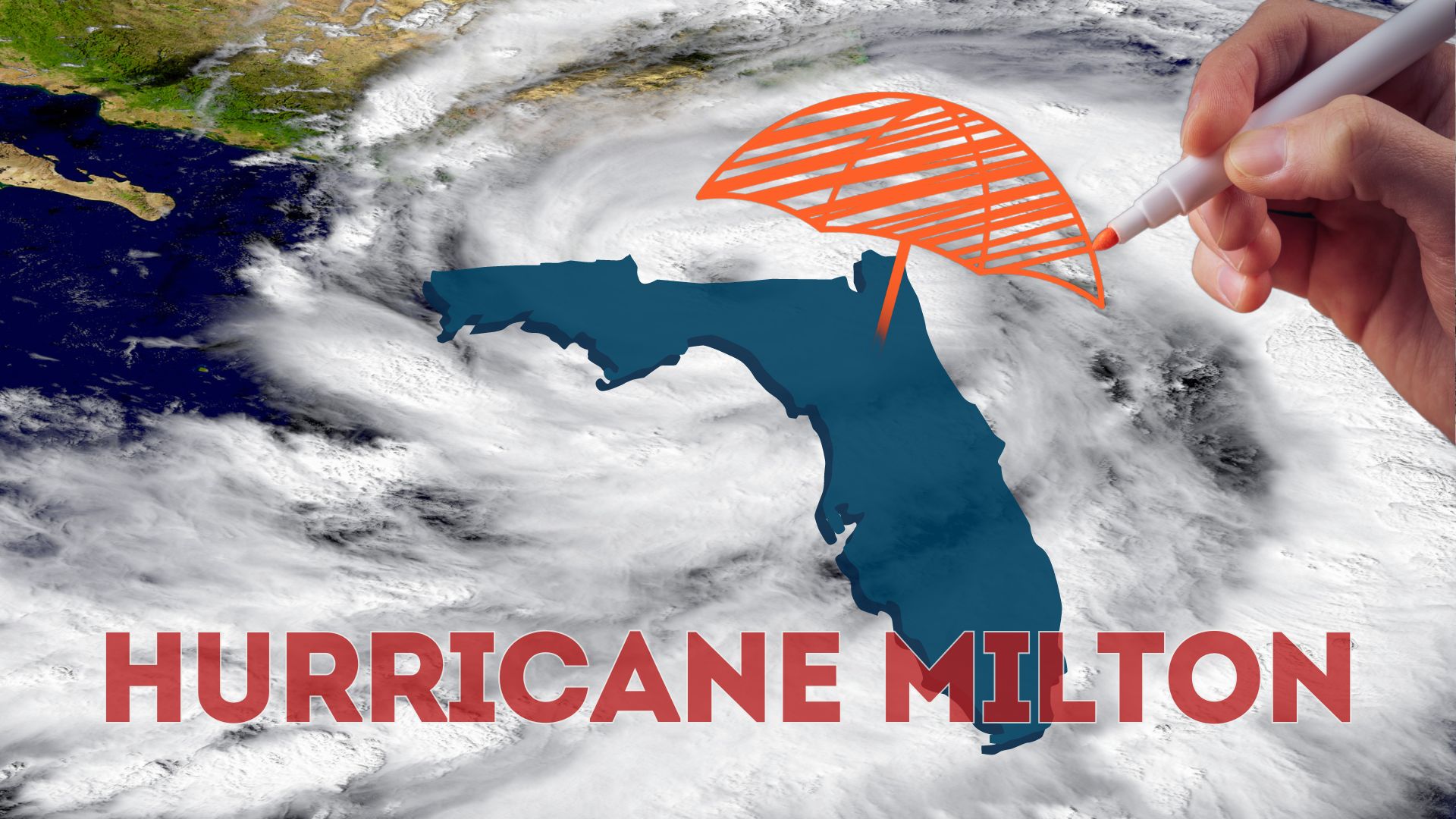Hurricane Milton: A New Threat to Florida’s Insurance Market
Hurricane Milton has emerged as a significant challenge for Florida, impacting both the state’s infrastructure and the property insurance market. Making landfall as a Category 3 storm, it has brought to light vulnerabilities in the region’s insurance sector, already strained from previous storms. This article explores the widespread damage caused by Milton, its influence on Florida’s insurance industry, and comparisons to its predecessor, Hurricane Helene.
Florida Reels as Storm Tears Through Power Lines, Homes, and Tropicana Field
Milton struck Florida’s Gulf Coast with powerful winds, torrential rains, and storm surges, leading to extensive damage across the state. The storm made its presence felt by knocking out power to more than 3 million customers and spawning numerous tornadoes. Streets and homes were flooded, while the roof of Tropicana Field in St. Petersburg was torn apart. The storm’s path narrowly avoided a direct hit on Tampa, yet the region experienced significant flooding and wind damage, highlighting the storm’s severity.
Milton’s $20 Billion Threat: Florida’s Insurance Market Teeters on the Brink
The arrival of Milton has sparked concerns about the Florida property insurance market’s ability to withstand another massive financial hit. AM Best, a leading financial-rating agency, warned of potential strains on insurers heavily focused on Florida. Unlike national carriers with diversified portfolios, Florida specialists might face a significant loss of surplus, affecting the availability and affordability of property insurance in the state. The potential for insured losses from Milton is estimated to reach $20 billion, putting immense pressure on an already fragile market.
Comparison with Hurricane Helene
Just two weeks before Milton, Hurricane Helene swept through Florida, leaving behind a trail of destruction primarily due to flooding. In contrast, Milton’s impact was more comprehensive, involving both wind and flood damage.
Hurricane Helene Statistics:
- Highest rainfall: 15 inches in some areas.
- Over 225 fatalities reported across the southeastern United States.
- Massive flooding with significant property damage not covered by standard insurance.
Milton, with its dual-threat of wind and water, is likened to past hurricanes of similar magnitudes, such as Hurricane Ivan in 2004, which caused extensive damage along the Gulf Coast due to its intense winds and surge.
Florida’s Insurance Market Faces Climate’s Wrath with New Players in Play
With climate patterns intensifying, the future holds potential challenges for Florida’s property insurance market. The increasing frequency and intensity of hurricanes threaten to destabilize the already precarious insurance landscape. The state’s reliance on specialized insurers who depend heavily on reinsurance highlights the need for strategic adjustments and diversification to mitigate risks. The introduction of nine new insurance carriers into the state is a positive step, but comprehensive planning is essential to fortify the market against future storms.
The aftermath of Hurricane Milton has highlighted an urgent need for immediate support in Florida’s insurance market. While future hardening practices and stricter building code upgrades are necessary steps towards resilience, the pressing question remains: will the insurance market return to Florida to implement these critical changes? The state’s reliance on specialized insurers and the recent emergence of new companies bring additional challenges. These new entrants, having just opened their doors to Citizens’ policies and new business, face daunting prospects of surviving such significant financial hits right out of the gate.
To manage these risks, new companies are likely exploring strategies such as diversifying their coverage portfolios, increasing their reinsurance protections, and leveraging technology to better assess and manage risks. However, their survival and ability to contribute to Florida’s recovery depend heavily on the state’s regulatory environment and the support they receive during this turbulent period. As Florida navigates this crisis, collaboration between policymakers, insurers, and community leaders is crucial to ensure that the insurance market not only recovers but also adapts to the realities of an increasingly storm-prone future.


